Post 427 – by Gautam Shah
.
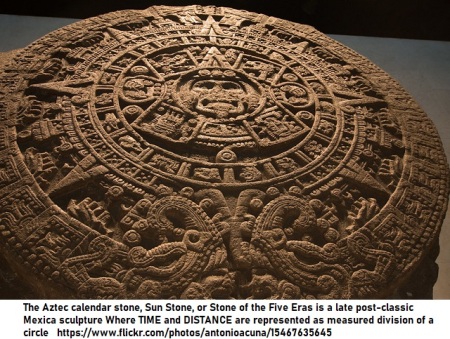
There was a time when all things were measured with comparison to the body and figured with numbers. The numbers were fingers such as Five, Ten or Twenty, or hex multipliers like Six or Dozen, and easily divisible Octet series of 4, 8, 16, 32. Different regions followed own measure numbering system. Varied measure numbering systems created problems like lot recognition and commercial pricing for the lot. To compound the problem, the monetary unit fractioning was equally varied.
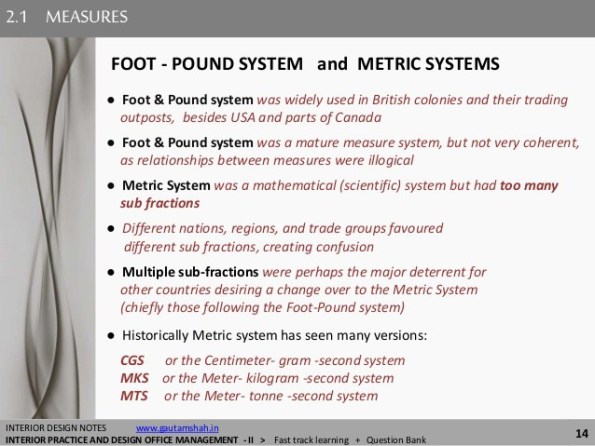
The French revolution helped select a ‘scientific’ digital system. It offered 7-10 fractions @10X. The system created utter confusion as to who (which trade) should follow which of the units. The problems of preferring few select units increased manifold, when other countries adopted the Metric digital format but with different set of units. As countries (mainly Spanish colonies in Latin Americas) began to use Metric digital format, with different preferred units, the need for rational and common units became pronounced.
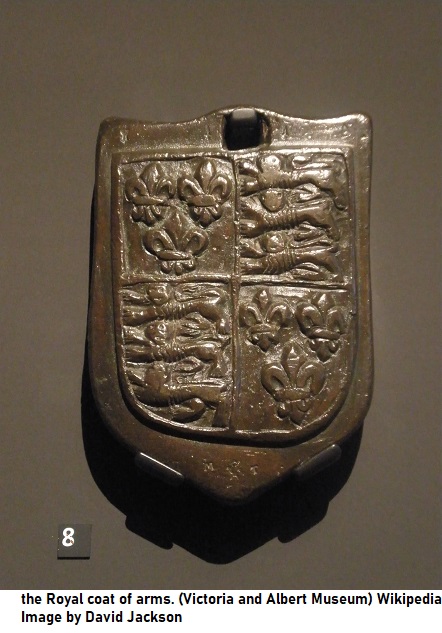
There were few other problems with digital units @10X . The digital (time) hour of 1/10 or 1/20 part of the day, or minute to second relationship (@10X) was not acceptable to sailors and astrologers, using compass fractionated into 360 degrees, arcs, minutes and seconds. This had to be rolled back to the original method.
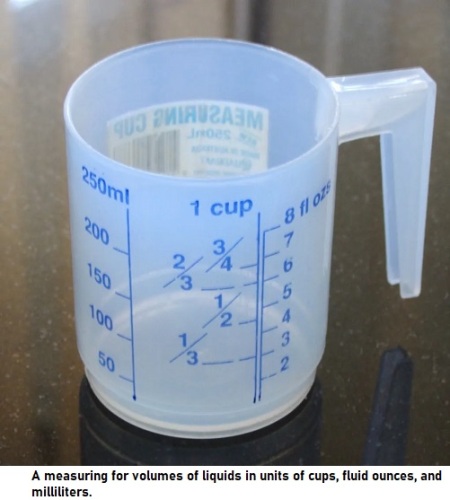
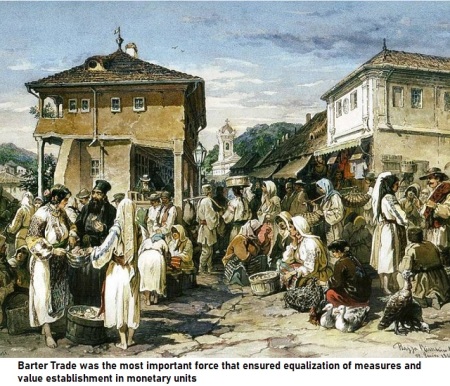
Before and soon after World War II, several conferences helped resolve the issue of preferred units of measurements. SI (Système International d’Unités) first recognized, Three units 1000 factored apart, in every series (e.g. km-mt-mm). These were either too large or small for practical applications. A widely spaced measurement system was not amenable to unit formation for processes like planning, design, production, transportation, fabrication or execution, etc. So ISO (International Standards Organization) devised a practical modular system of dimensions known as ISO Modular Preferences. Most National Standards (including Indian Standards) are recommending and enforcing the same for various products and processes.

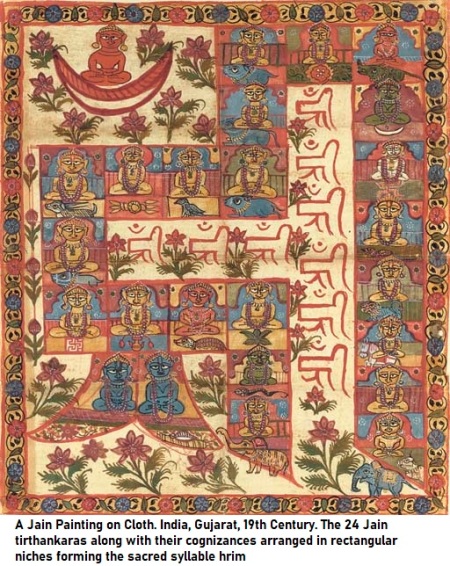
Before these were recognized and accepted, there were practical units of measure modulations. For examples plywood and other sheet materials were produced in 4 / 5 Ft widths. Tiles were available in 6 /8/12 inch squares. Foot (12 inches ) was the most popular module and was accommodated in the new order. This was done for wider acceptance and to achieve a gradual changeover.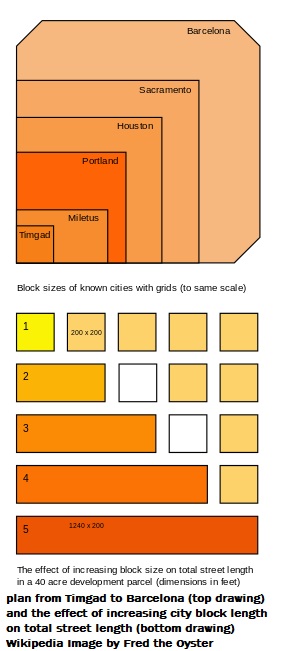
ISO’s Four Preferences for Modular Coordination:
■ FIRST PREFERENCE (300 mm = 12 inches) This is favoured by the building materials’ industry. Plywood and other sheet products are available in modules of 300 such as 600, 900, 1200, 1800, 2400 etc. Large buildings are designed with 300 as the module. But, for smaller spaces such as Bedrooms, toilets, second preference of 100 is used as a module.
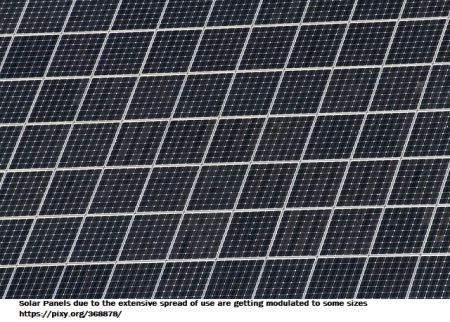
■ SECOND PREFERENCE (100 mm = 4 inches ) This is considered to be appropriate one for Building components and Planning. Glazed Tiles are available in multiples of 100 mm, with sizes like 100 x 200, 200 x 200, 200 x 300 etc., and also in sizes such as 150 x 150, 150 x 200 etc. as a carry over from the old system. Fabrics have widths of 600, 900, 1000, 1200, 1800 etc. When we order Windows or Doors the width x height are measured in 100 mm increments.
■ THIRD PREFERENCE (50 mm = 2 inches) and FOURTH PREFERENCE (25 mm = 1 inch), are suggested for objects smaller then 300 sizes. Though these modules are not to be used for basic object sizes of more than 300, unless there are strong economic or functional reasons for doing differently.

There are many products where smaller modulation or variations are desirable such as Garments and Shoes. ISO Modular Preferences, do not consider the variations in naturally available materials. Furniture, fittings and fixtures designed with ergonomic profile or serving anthropometric, inconsistencies have no specific accommodation in this system.

ISO is a modular system to form a grid or matrix for macro planning and in that sense takes a superior position. Components and parts are expected to fit in the system. As a result, work-sizes of components and assemblies should be determined by taking into account space for joint and allowance for tolerances.

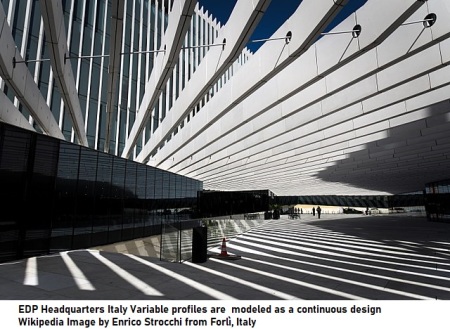
.
Pingback: BLOG LINKS on FURNITURE DESIGN | Interior Design Assist